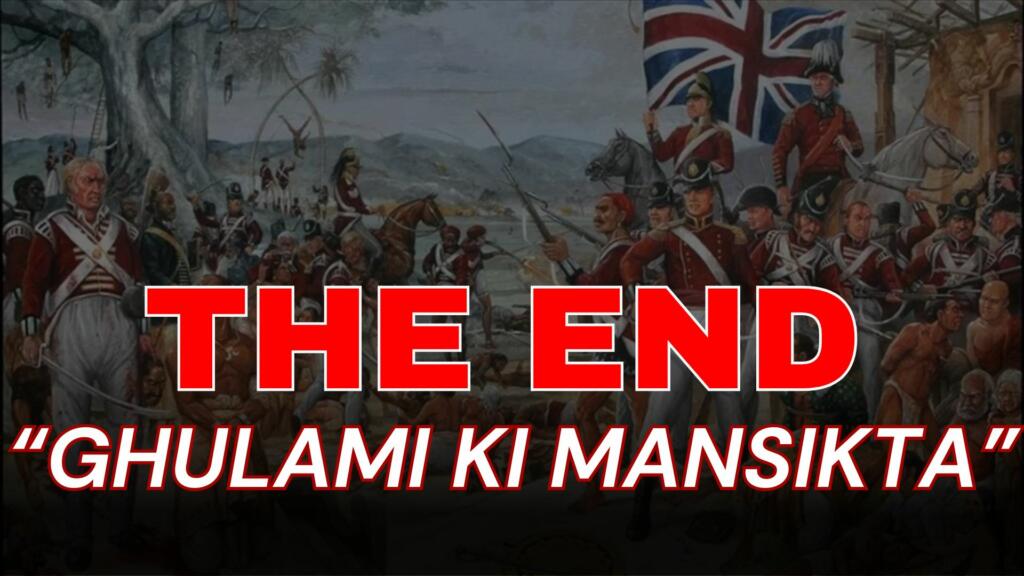India’s armed forces are undergoing a profound transformation, shedding colonial legacies and embracing indigenous identity. Recent initiatives by the Indian Navy and Air Force symbolize this shift. The New adoptions reflect a departure from colonial symbols toward embracing Indian heritage. These moves signify a commitment to inclusivity, cultural pride, and a break from historical constraints. As India evolves from ‘ghulami ki maansikta’ (slave mentality), its armed forces lead the charge towards a more authentically Indian ethos.
Indian Navy goes Desi
The Indian Navy has recently taken a significant step towards shedding its colonial past by issuing orders that permit officers and sailors to wear kurta-pyjamas in naval messes. This decision marks a symbolic departure from the “ghulami ki maansikta” or colonial mindset that has permeated historical practices. By embracing ethnic attire, the Navy acknowledges the need to move away from symbols of colonialism and towards a more inclusive and culturally respectful environment.
Officers and sailors are now afforded the freedom to express their Indian identity through their attire, albeit with specific guidelines regarding colors, styles, and accessories. This move not only allows personnel to feel more comfortable and authentic in their clothing but also promotes a sense of unity and pride in Indian heritage among the naval community.
The Navy’s decision to permit kurta-pyjamas in naval messes underscores its commitment to inclusivity and cultural respect. It reflects a broader initiative within the armed forces to break free from historical constraints and embrace indigenous identity. As the Navy evolves towards a more authentically Indian ethos, this move serves as a powerful symbol of transformation and progress within the institution.
Shedding Colonial Practices
The Indian Navy’s proactive approach towards shedding colonial practices has set a remarkable example within the armed forces. One notable initiative includes the introduction of new epaulettes, which incorporate elements from the illustrious legacy of Chhatrapati Shivaji Maharaj. This move not only honors a significant figure in Indian history but also signifies a deliberate effort to reclaim indigenous heritage within the Navy.
Prime Minister Narendra Modi’s impassioned call to eliminate legacy systems and practices within the armed forces has acted as a catalyst for change. In response, the Navy has embarked on a journey to modernize and Indianize military traditions, aligning with the nation’s aspirations for self-reliance and cultural pride. This proactive stance reflects a commitment to evolve beyond colonial influences and cultivate a distinctively Indian identity.
Furthermore, the Navy’s redesign of its ensign and cessation of the practice of carrying ceremonial batons represent significant steps towards breaking free from colonial symbols. By reimagining its visual identity and eschewing outdated customs, the Navy asserts its autonomy and reaffirms its allegiance to contemporary India. These measures not only foster a sense of national pride but also demonstrate the Navy’s dedication to embracing progressive ideals and shaping its future on its own terms.
The Indian Air Force’s New Ensign
The unveiling of the Indian Air Force’s new ensign marks a momentous occasion in the annals of its history, symbolizing a decisive shift away from colonial symbols towards a celebration of Indian identity. Gone are the remnants of colonial influence, replaced instead by elements that proudly reflect the essence of India.
The Changes
The IAF Crest has the national symbol, the Ashoka lion on the top with the words “सत्यमेव जयते” in Devanagari below it.
Below the Ashoka lion is a Himalayan eagle with its wings spread, denoting the fighting qualities of the IAF.
A ring in light blue colour encircles the Himalayan eagle with the words “भारतीय वायु सेना” The motto of the IAF “नभः स्पृशं दीप्तम्” is inscribed below Himalayan eagle in golden Devanagari.
The IAF motto has been taken from verse 24, Chapter 11 of the Bhagavad Gita and means “Radiant Thou Touchest Heaven” or in other words “Touching the sky with Glory”.
Central to the new ensign is the inclusion of the Air Force Crest, a powerful symbol that encapsulates the ethos of the IAF. Featuring the national symbol and motto in Devanagari script, the crest embodies the indomitable fighting spirit and glory of the Indian Air Force. It serves as a reminder of the valor and dedication exhibited by the men and women who serve under its banner.
India’s armed forces exemplify a profound shift towards embracing indigenous identity, evidenced by the abandonment of colonial practices and the adoption of culturally significant symbols. The introduction of kurta-pyjamas and the unveiling of a new ensign reflect a dedication to inclusivity, cultural pride, and breaking free from historical constraints. As India progresses beyond “ghulami ki maansikta,” its armed forces stand as pioneers, fostering a profound sense of national pride and cultural heritage. In their evolution, they embody the nation’s journey towards authenticity and unity, setting a shining example for future generations to follow.
Also Read: From South to North: India’s Journey as a Global Leader
